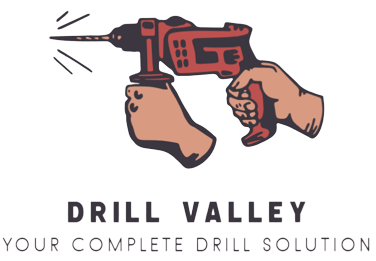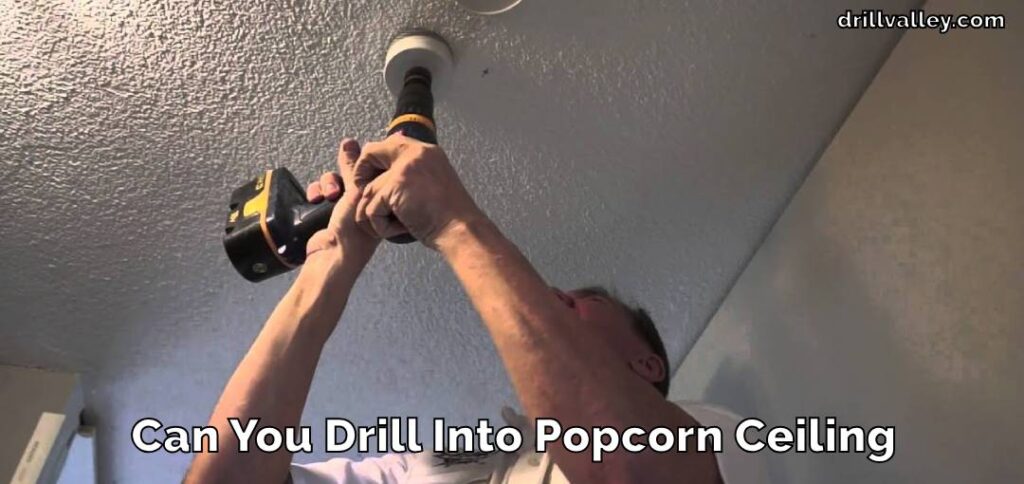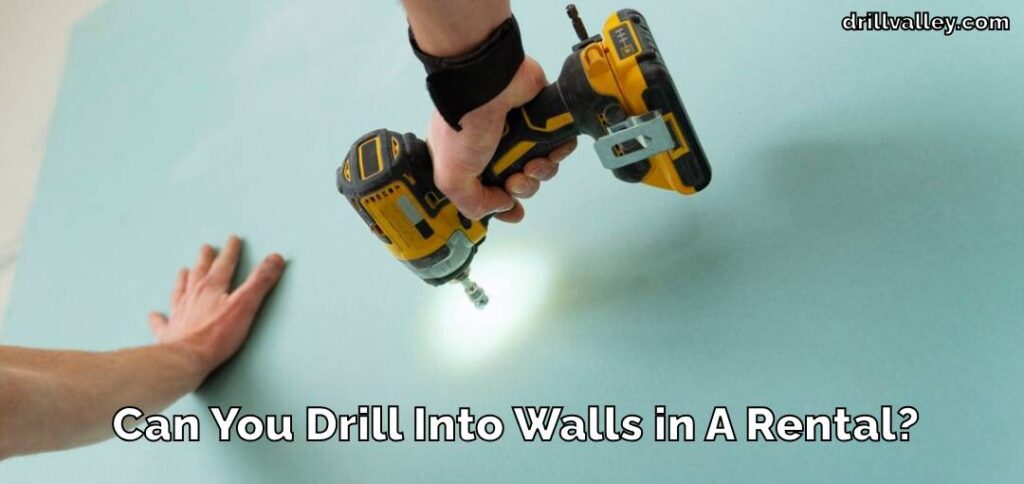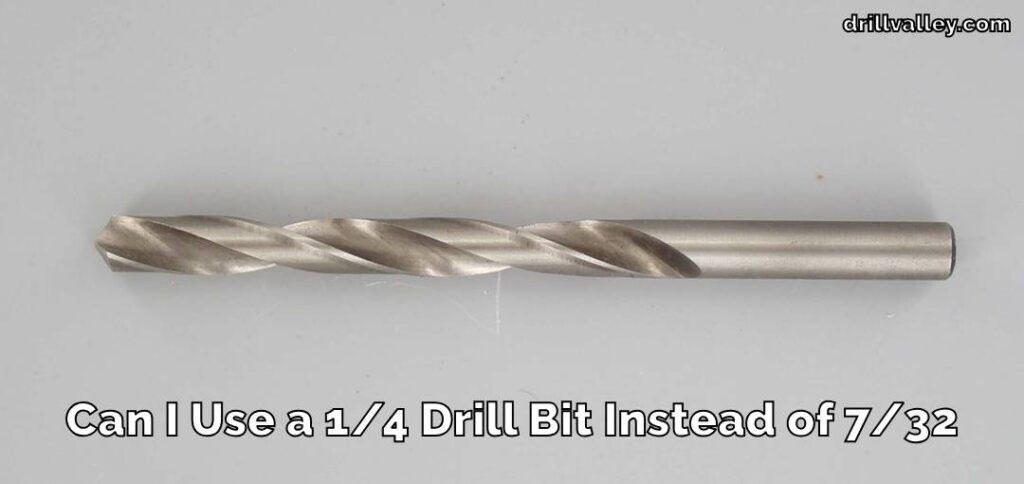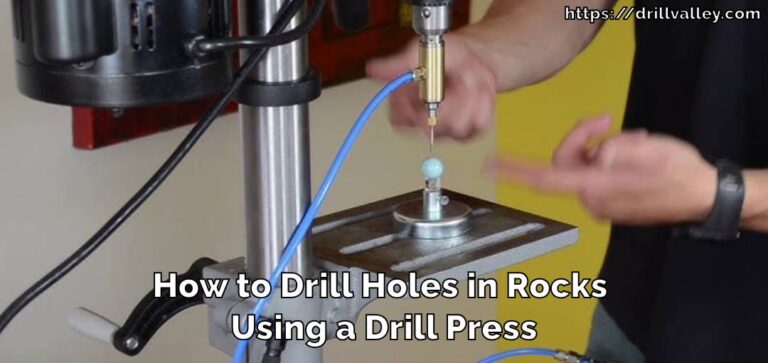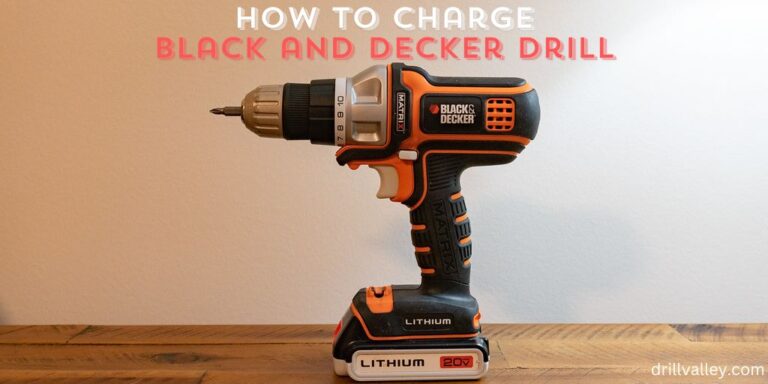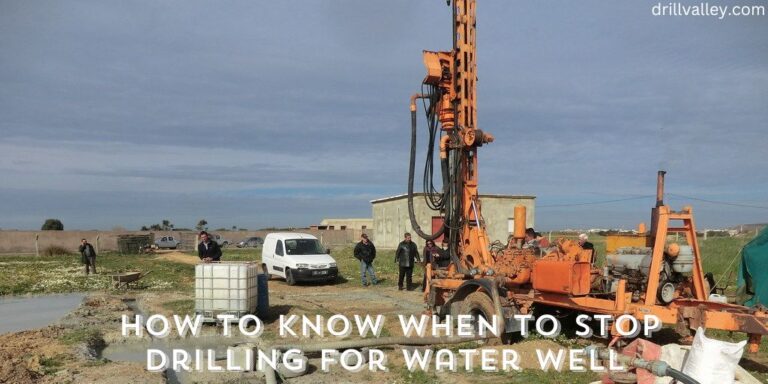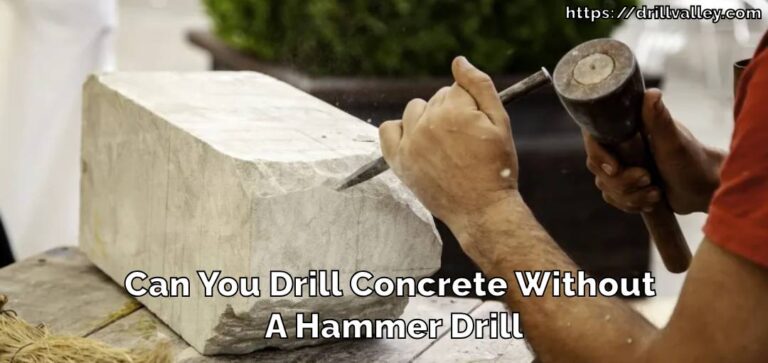How Does Bore Drilling Work
Bore drilling is an essential activity in many fields like construction, oil extraction, and environmental studies. It involves using special machines to make deep holes in the ground. This process allows us to access important resources like water, oil, and gas.
But it’s not just about getting to these resources; bore drilling also helps scientists understand the Earth’s structure and check the environmental health.
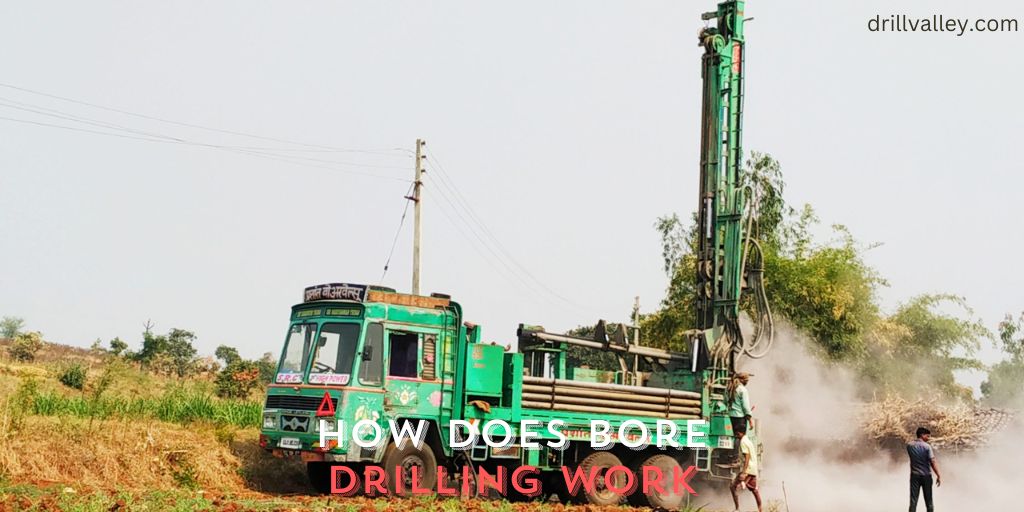
Drilling needs to be done with care to ensure it’s safe and doesn’t harm the environment. It requires skilled workers who know “How does bore drilling works” and operate the drilling equipment and can read the signs of the Earth to find what they’re looking for.
Bore drilling might sound complicated, but it plays a crucial role in our daily lives. It helps keep our homes warm, ensures we have clean water, and contributes to our understanding of the planet.
What Does Mean Bore Drilling Work
Bore drilling work involves creating deep, exact holes in the ground using special tools and machines. This technique is used for a number of reasons. For instance, it helps in setting up wells in homes so people can access underground water.
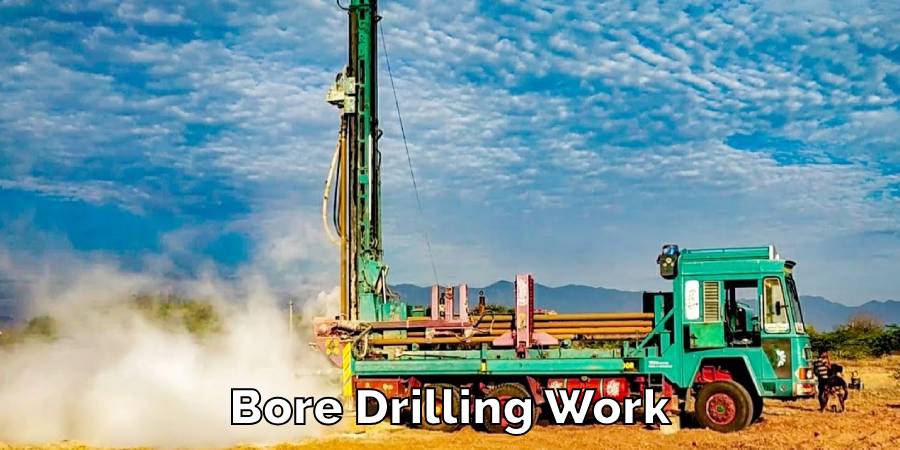
It’s also crucial for understanding the layers beneath the earth’s surface, which can tell us about the history of our planet and where we might find important materials like oil or certain minerals.
The process requires careful planning and precise operation of drilling equipment to make sure the holes are the right width and depth. It’s a skilled job that plays a big role in building strong foundations for houses and roads, as well as in scientific studies that help protect our environment.
Why is It Called a Borehole?
The word “borehole” comes from the action of “boring,” which is another way of saying drilling a hole. When we call it a borehole, it’s because the process includes using a drill to make a deep, round hole in the ground.
This is done to reach things that are far below the surface, like water or oil, or to find out what kind of materials are down there. A borehole can be shallow or extremely deep, depending on what it’s for.
For example, a borehole for a water well in someone’s backyard doesn’t need to be very deep, while one for checking what’s under the earth’s surface for scientific research might go very deep.
The term captures the method of cutting a long, narrow tunnel straight down into the earth, which is a basic but very important technique in a lot of different jobs, from building to studying the environment.
How Does Bore Drilling Work
Bore drilling is a careful process used to make deep holes in the ground, and it starts with picking the right spot. Experts decide where to drill based on what the hole will be used for. They then plan out how the drilling will happen.
The main tool in this process is a drill bit, which is a sharp tool at the end of a long series of pipes called the drill string. The bit cuts through the earth as it spins. Depending on the type of ground, the team might choose different drilling methods. For hard ground, they might use a heavy, pounding technique, while softer ground could require a spinning action.
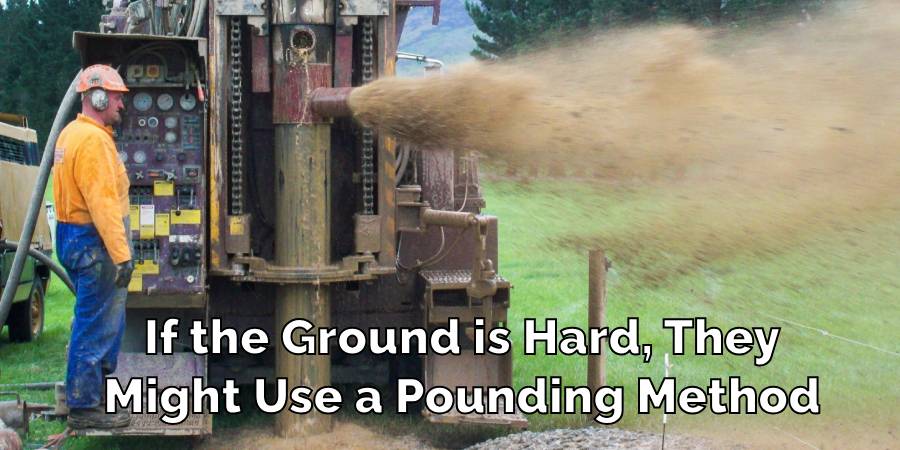
As the drill pushes down, a special fluid is pumped through the drill string to clear away the cut earth. This fluid also helps keep the drill bit from getting too hot from all the friction and prevents the sides of the hole from caving in.
The team keeps drilling until they reach the needed depth, which could be not very deep for a water well or very deep for oil exploration. The whole time, they make sure to follow the plan closely and take steps to protect the environment.
How to Drill Hole by Using Bore Drill
The process of drilling involves several careful steps to ensure everything goes smoothly and safely:
- Choosing a Spot: This is about finding the right place to start drilling. The choice is made based on what the hole is for, like whether it’s to find water or oil, or for scientific research.
- Making Plans: Before any drilling starts, there’s a lot of planning to do. This includes deciding how deep the hole should be, how wide, and picking the best drilling method for the job.
- Getting Ready: This step is about setting up the area where the drilling will happen. It involves bringing in all the big machines and tools that will be needed to drill the hole.
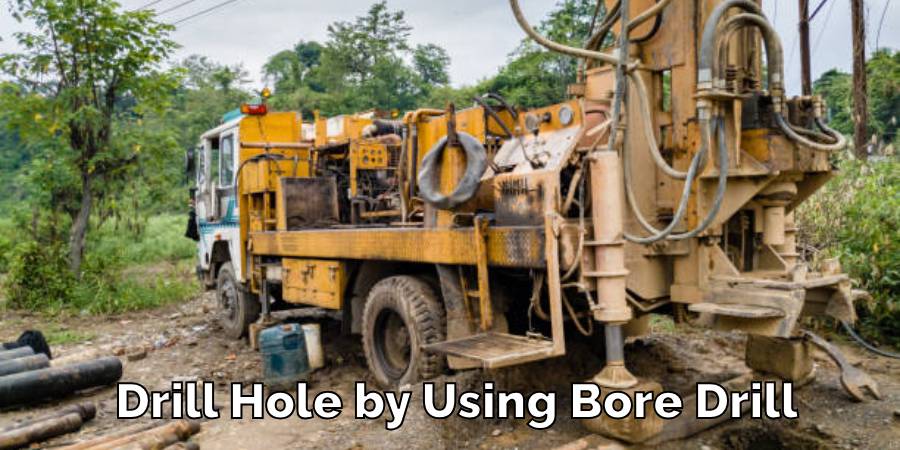
- The Actual Drilling: Now it’s time to drill. This means using the machines to push a drill bit into the earth, cutting through the soil and rocks to make the hole.
- Taking Samples: While drilling, workers will sometimes take out bits of what they’re drilling through. These samples are then looked at to learn more about what’s under the ground.
- Casing and Finishing Up: After the hole is drilled, it’s lined with materials to keep it from collapsing. This is also when the hole is made ready for its final use, like being part of a water system.
- Cleaning Up: Once everything else is done, the last step is to clean up the drill site. This means taking away all the equipment and making sure the site looks good, often following rules to protect the environment.
Each of these steps is important to make sure the borehole is safe, successful, and does what it’s supposed to do.
Precaution While Bore Drilling Work
During bore drilling work, taking precautions is critical to ensure the safety of the workers and the environment, as well as to achieve the desired outcomes. Here are some expanded precautions:
Proper Training: Workers must be trained in operating drilling equipment and be aware of the safety risks associated with bore drilling. They should also be knowledgeable about emergency procedures.
Safety Gear: Personnel should always wear appropriate safety gear, including helmets, eye protection, hearing protection, and heavy-duty gloves. This gear protects them from flying debris and other hazards.
Equipment Inspection: Before drilling begins, all equipment should be thoroughly checked to ensure it is functioning properly and is free from defects that could lead to accidents.
Clearing the Area: The drilling site should be free from clutter and well-organized, with only the necessary equipment and personnel present to minimize the risk of accidents.
Monitoring Drilling Progress: Constantly monitor the drilling process for signs of equipment stress, potential cave-ins, or the release of gases, which could be hazardous.
Use of Drilling Fluids: These fluids help to lubricate the drill bit, remove cuttings from the hole, and prevent the collapse of the borehole. They must be handled properly and disposed of according to environmental regulations to prevent contamination.
Stable Operating Conditions: Ensure that the drilling rig is stable and securely anchored to prevent tipping or shifting that could lead to loss of control or collapse of the borehole.
Communication: Maintain clear communication among all members of the drilling team. Use signals and communication devices to keep everyone informed about the current operations.
Environmental Safeguards: Protect the surrounding environment by using containment systems for waste and preventing any drilling fluids from spilling into natural habitats.
Regular Breaks and Shift Changes: This helps to prevent fatigue, which can cause lapses in attention and lead to accidents.
Casing Installation: As the hole is drilled, it should be lined with casing to keep the borehole walls from caving in and to protect any water reserves from contamination.
Post-Drilling Inspection: After the drilling is complete, perform a thorough inspection of the borehole and the surrounding area to ensure everything is secure and there are no immediate hazards.
By adhering to these precautions, bore drilling can be conducted more safely and efficiently, reducing the risk of incidents and environmental impact.
FAQs
What is the Mechanism of Borehole Drilling?
The drill bit does the hard work by cutting into the earth. But there’s more to it – as the bit breaks up the ground, a special mixture called drilling fluid is pumped down into the hole. This fluid helps to keep the drill bit from getting too hot from all the hard work.
It also washes away the broken bits of rock and soil, which is important because those pieces need to be moved out of the way so the drilling can keep going. This fluid helps to keep the hole stable, too, so it doesn’t just fall in on itself.
What Are the Steps of Drilling a Borehole?
First, you have to choose the right spot for the borehole, thinking about why you need the hole and what you’re hoping to find.
Once you’ve picked the place, you need to plan how you’re going to drill, including what kind of drill you’ll use and how the hole will be supported so it doesn’t collapse. Next, you set up the drilling site with all the necessary equipment.
Then the main event: drilling down into the earth, going deeper and deeper until you reach the depth you need. As you drill, you’ll sometimes stop to take samples of the soil and rock to see what’s down there.
After the drilling is done, you put in a casing, which is like a protective lining to keep the hole from caving in. Finally, you clean up the site, taking away all the machinery and making sure the place looks good.
How Deep to Drill a Borehole?
The depth of the hole really depends on what you need the borehole for. If it’s to get water, it might not be too deep.
But if you’re looking for oil, gas, or doing scientific research, you might have to go several kilometers down. The point is to drill just deep enough to get what you’re after, without going deeper than necessary.
What Are the Three Types of Boreholes?
There are three types of boreholes. If you’re drilling to get water, that’s called a water well. If you’re going after oil or gas, that’s an oil or gas well.
And if you’re just trying to learn about the earth or find minerals, that’s called an exploratory or scientific borehole. Each type has a specific purpose and is drilled in a way that’s best suited to that purpose.
Conclusion
Getting to know how bore drilling works is very important for people who work in jobs where they need to get things from under the ground, like water, oil, or gas. It’s a job that needs careful planning and people with special skills to do it right.
When you drill a borehole, it’s for a good reason, like getting to these underground treasures. It shows how clever people are to be able to dig deep into the earth to use what’s down there. When we drill a borehole, it’s not just about making a hole.
It’s about careful thinking and using the right machines to reach deep into the earth without causing harm.
Whether it’s to find clean water for our homes, oil to power our cars, or data for scientists to study the planet, drilling boreholes is a clear example of our ability to solve problems and use the earth’s hidden riches.
This is why it’s so important for those in the field to understand how it all works. It’s a big deal because it shows what we can achieve when we put our minds to it. This guide has explored “How does bore drilling work“
Can You Use Impact Driver Bits in A Drill
Knowing whether you can swap impact driver bits into a regular drill matters more than…
Can You Drill Into Popcorn Ceiling
Wondering Can You Drill Into Popcorn Ceiling for your next home improvement project? Popcorn ceilings,…
Can You Drill Into Walls in A Rental?
Renting an apartment brings the challenge of personalizing your space within the confines of rules…
Can I Use a 1/4 Drill Bit Instead of 7/32
When you’re elbows deep in a project and suddenly realize the 7/32 drill bit you…
Can You Drill Concrete Without A Hammer Drill
Drilling into concrete requires both precision and the right tools, notably a hammer drill and…
Can You Use Different Brand Drill Bits?
The right drill bit size is crucial for any project, big or small. It’s the…
